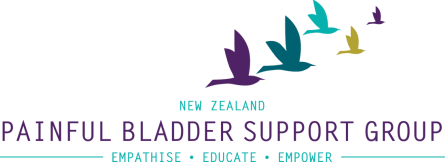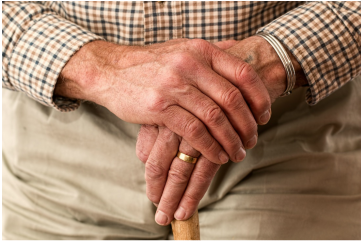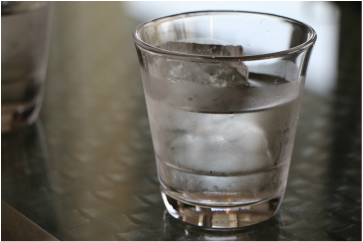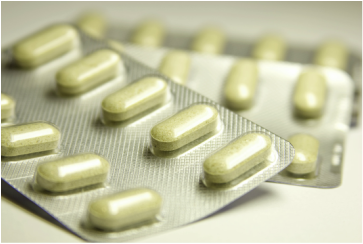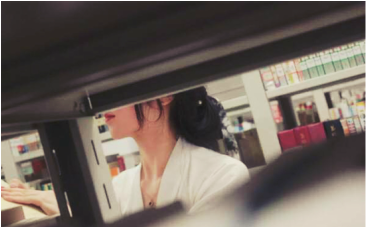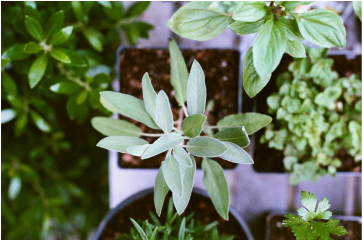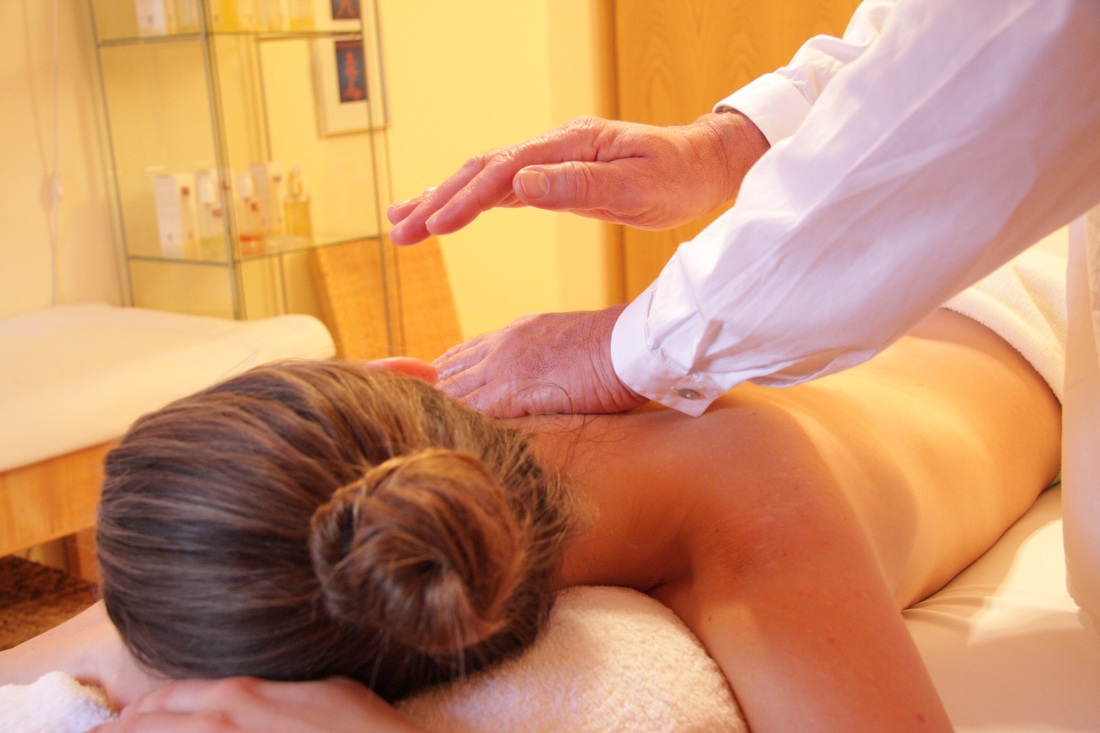My Doctor Says I Have PBS - what will this mean?
|
Strategies to Manage PBS
|
The following strategies can be beneficial for people with PBS:
Diet Some foods and drink can irritate some people's bladders. These include acidic foods such as apples and tomatoes, artificial sweeteners, fizzy drinks, caffeine, and spicy foods. Reducing these foods can help alleviate discomfort. Hydration Keeping hydrated is important to ensure urine does not become concentrated (which can cause discomfort). Clothing People with PBS should avoid tight, synthetic clothing in the pelvic region. Cotton and other natural fibres are recommended. Exercise Gentle forms of exercise such as walking, stretching, and aqua-jogging, are important to help people maintain their mental health. Warmth Applying a wheat bag or hot water bottle to the pelvic area, and/or directly where the pain is situated can help relieve pain and discomfort. Many people with PBS also find a warm bath soothing. |
Medication in New Zealand
|
There is a comprehensive selection of medications available in New Zealand that primarily address the associated chronic pain.
Oral medications commonly used in the treatment of PBS are: Famotidine An antacid, potentially helps reduce bladder inflammation. Fully funded in NZ. Tricyclic Antidepressants These have several benefits:
Used to treat chronic pain caused by abnormal nerve function (neuropathic pain). Gabapentin (Neurontin) Currently a ‘gold standard’ medication to treat chronic pain, Gabapentin is not subsidised. However there is criteria under which you can be funded for it. Discuss with your GP. Pentosan Polysulphate Sodium (Elmiron) Not currently available Intravesical therapies, or bladder instillations, are the introduction of medications directly into the bladder through a small catheter. If oral medications and conservative treatments have failed, bladder instillations are worth trying. They are prescribed by a specialist. Medications commonly used in New Zealand in bladder instillations are: DMSO An anti-inflammatory, muscle relaxant that inhibits mast cells. Also an analgesic. Can be used individually or in combination with other medications. Heparin Helps to repair the bladder’s protective surface. Heparin can also be given as a subcutaneous injection (under the skin). Doses vary and small amounts can be absorbed into the body using this method. Local anaesthetic Provides relief from pain. Sodium bicarbonate Reduces the irritation to the bladder caused by DMSO. Steroids Anti-inflammatory action. Often given in combination with other medication. iAluRil A new product registered in New Zealand. It’s action is to repair the bladder lining. For more information, visit www.ialuril.com.au. Discuss your options for medication with your GP. We are also available to chat with our members about treatments via email or on the phone. |
Complementary Medicine & Therapy
|
NZPBSG members have tried a variety of complementary therapies with mixed success. The following information is based on anecdotal reports and not scientific research. It is important to discuss any effects with your pharmacist, particularly if you take other medication.
Aloe Vera This is the most popular of herbal options commonly used for PBS. Its benefits that may be useful for people with PBS are:
Slippery Elm Slippery Elm is the powdered form of the inner bark from the Ulmus Rubra. It contains a substance called mucilage - a polysaccharide, which is understood to soothe tissue. It has been described as easing spasm in the urinary tract as well as soothing inflamed mucous membrane linings. Some members of our group have found it provides bladder pain relief. Slippery Elm can be bought as a powder and capsule, and is available from health stores. Corn Silk Corn Silk is made from the stigmas inside the husks of corn. It has been used in traditional medicine for more than a century, treating inflammation of the bladder and painful urination. Some of our members have had great results after taking two capsules of Corn Silk every morning. Available from health food shops. Acupuncture and Massage Therapy Both acupuncture and massage therapy can have a positive effect on the way pain is managed, though success varies from person to person. Talk with your GP about finding a qualified acupuncturist and/or massage therapist in your area. The NZPBSG is not an authority on herbal and complementary treatments, and the information is based on members’ comments and product information. We recommend discussing any complementary medicines with your doctor or pharmacist. |
